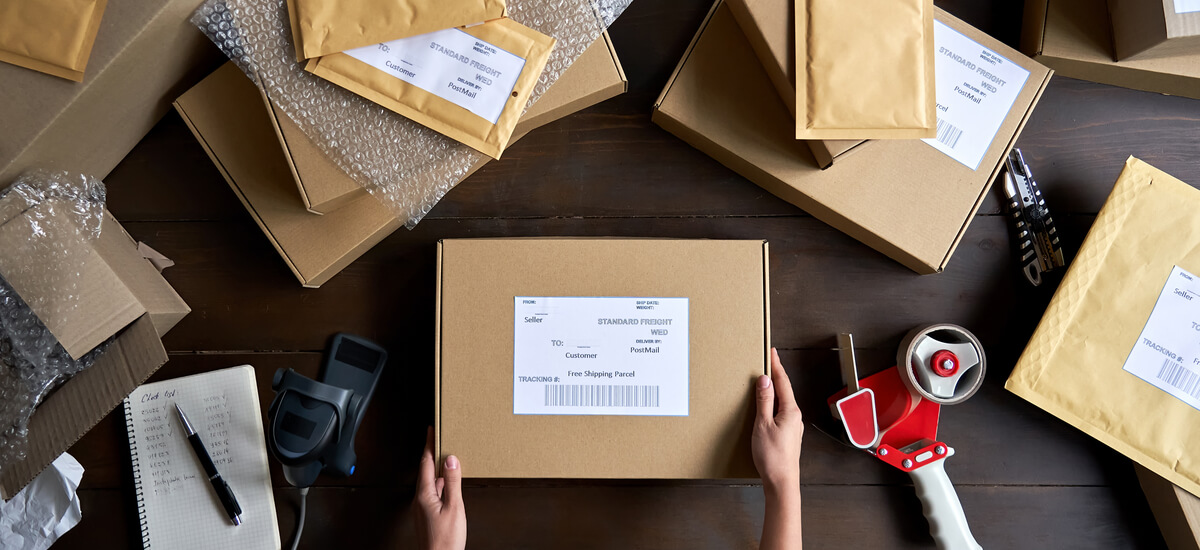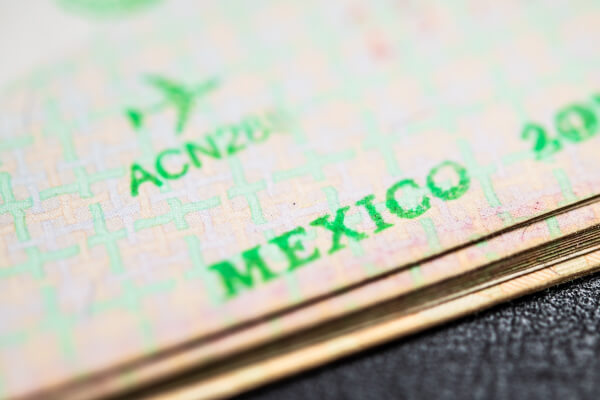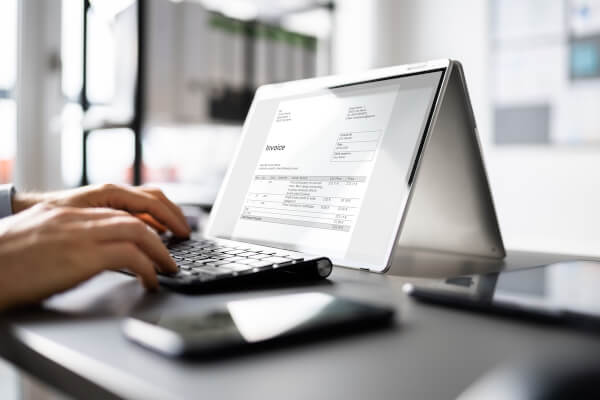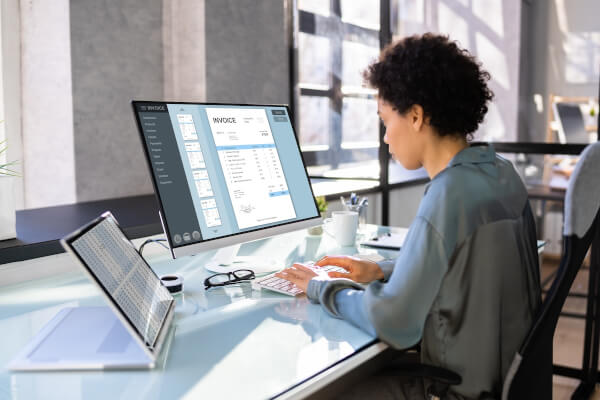How to Hire Independent Contractors in Mexico | Legal Guide & Best Practices
Learn how to hire and pay independent contractors in Mexico. This article also includes an FAQ and best practices about working with contractors in Mexico.

Fulfillment by Amazon (FBA) is a service for Amazon sellers. Amazon handles the shipping and logistics, and you’re free to manage the business and sell your product.
Starting an Amazon FBA business is increasingly popular. There are low barriers to entry, you can start with a small budget, and there’s opportunity to grow.
As with any business, proper planning and preparation will help your chances of success.
| This guide will help you understand how to start an Amazon FBA business, including: |
|---|
FBA stands for Fulfillment by Amazon. An FBA business offers items for sale on the Amazon platform, but passes the fulfillment and shipping of items to Amazon.
FBA sellers list, market, and sell their goods the same as any seller. However, they don’t have to store, pack, or ship their goods. This is handled by the Amazon fulfillment center, along with ongoing customer service and any returns.
This service is a popular way for sellers to grow their business. It gives even small business owners access to Amazon's domestic and international fulfillment and logistics network.
| 🔍 You can read the guide to what FBA is to find out more about how it works. |
|---|
It may seem daunting at first to think about becoming a successful Amazon FBA seller. However, it’s not that complicated if you plan well and think it through.
Many sellers operate on Amazon, and there’s a well-established setup process.
| The following are the main steps you will need: |
|---|
To start selling on Amazon, you’ll need an account. To become an FBA seller, you first need to open an Amazon selling account if you don't already have one.
There are two Amazon seller account choices – Individual or Professional.
In general, if you sell more than 40 items per month, the Professional plan works out better.
Both accounts charge the same sales commissions on top of this.
Once you have an account, you can list items on the Amazon platform. This is done using a Global Trade Item Number (GTIN) - such as a UPC, an ISBN, or an EAN. This allows listings to be standardized between sellers. You then enter your descriptions, prices, and inventory.
Moving to FBA is a simple process. You register for the service with Amazon and choose which items you want to move to FBA (you can maintain some as seller fulfilled).
These FBA items need to be appropriately labeled, packed, and shipped to an Amazon facility. You continue to handle the marketing, inventory, and pricing.
Amazon will take care of storage, shipping, and customer service. These services come with an additional fee.
As with starting any business venture, good market research is essential. You want to research what to sell, current pricing, and how to promote your products.
Some key things to bear in mind when researching the current market:
You may want to pick products that align with your interests or skills. Many people find it easier to promote something they are knowledgeable or passionate about. You may prefer, though, to identify a good niche opportunity.
Look at the Amazon Best Seller Rank (BSR) for products. Higher ranked items see greater demand, but also more competition. Check the spread across products within the same category. A category dominated by one or two products could be hard to break into.
Think about your price range. Lower-priced items (e.g. under $10) will require more inventory and sales to generate significant profit. Higher prices items (e.g. over $50) may be slower to sell, as they’re less likely to be impulse purchases. Somewhere in between may be a good starting point for a new seller. Remember, you can always expand your product offering later.
Research the competition. Just as you can easily become an Amazon seller, so can others. Never ignore the possible competition.
Create a unique selling point (USP) and stand out from the competition. Could you alter a product, combine products, or use different marketing?
You might want to avoid products with tough competition, such as big brand named products. You can check negative reviews, though, to see where other sellers are struggling. This could be a USP or area you can improve on.
Think about ways to market products, other than good use of Amazon descriptions. You could pay for advertising, link up with websites or blogs, or develop your own blog to promote items.
Remember that there is competition outside of Amazon. You should benchmark yourself against other Amazon FBA sellers, but you can also learn about the market from other selling platforms.
|
|---|

All businesses need a plan. An Amazon FBA business is no exception.
Proper planning will help you budget, prepare for the future and manage potential problems. You can use a template, such as the free business plan template from Wise, to help structure your plan.
A good FBA business plan should include:
Full business profile and description. This should include business objectives, products offered, and the business value proposition.
Financial projections. Coverage should include expected costs, sales, and returns. What turnover and profit is expected over different time horizons?
Description of the target audience. Who are you trying to sell to?
Business budget. Looking at both short and long-term plans.
What capital, infrastructure, and staff the business will require. You may start with just one employee, but as your business expands, will you be able to manage without more staff?
Marketing and advertising plans and costs.
A business operational plan. This details how the business will operate, including supply, shipping, and the use of Amazon FBA.
| 💡 You can also read the 12 steps for starting your business for more tips. |
|---|
Once you’ve chosen a product to sell, you need to establish a supplier. For most items, there will be a range of potential sources.
This remains the seller's responsibility – Amazon will not help FBA sellers with sourcing.
There are many ways to find a supplier. Online listings, trade publications, and trade shows are good sources. Amazon could even be a source for some products. Check out digital wholesalers, such as Tundra or Alibaba. These offer extensive ranges of wholesale products and can help you access overseas suppliers.
Building a direct relationship with a supplier has advantages. This will make it easier to discuss changing orders or to introduce new products in the future. Remember that you can always change suppliers further down the line.
You could pick a local supplier, a domestic one elsewhere in the US, or an overseas supplier. Contact and shipping will be easier with a domestic supplier. That said, there may be a wider choice and lower prices available if you look internationally.
Under FBA, Amazon will handle the ongoing storage and shipping of your goods.
First, though, you’ll have to get your inventory to an Amazon warehouse. Once you’re set up to use FBA, this is a simple procedure.
You can assign items in your inventory to FBA. Amazon will then provide shipping labels and packaging instructions. In general, all items must be labeled with an Amazon-provided barcode (covering any existing barcodes).
These are then packaged into boxes, and pallets for larger deliveries. Each of these is then labeled for shipping.
Depending on the shipment size and your location, Amazon will arrange for collection.
You should bear in mind that packaging and labeling of products can take time. Particularly if you have several different items. This should be something you consider when deciding if Amazon FBA is right for your business.

Amazon FBA will help with fulfillment and customer service, but only you can sell your products. Successful marketing methods, and costs, will vary between products and markets.
Some possibilities and things to bear in mind when planning marketing include:
Use the Amazon listings to full effect. This is a key way to market your products and have them appear in relevant searches. Describe the item well, and use relevant keywords.
Use high-quality images in your listings. Pictures matter, and they will improve your brand and reputation. Use plenty of photos to show all relevant product details.
Do your research and be different from the competition. Many sellers may offer the same products. As part of your market research, identify ways you can improve and make sure this is conveyed in your marketing.
Think about relevant keywords. Keywords are vital for getting your items found in searches. There are various tools available, such as Google Keyword Planner. These tools help you identify keywords, their popularity, and alternatives.
Pay for focussed advertising. Amazon advertising is possible, as are Google Ads. Start small - you can set budgets and test out various campaigns to see what brings success.
Create web content related to your products. Aside from your Amazon listings, consider other ways you can promote and create interest in your products. Blogs and social media listings and discussions are good, low-cost ways to do this. You could link with existing sources, or start your own.
One of the big advantages of FBA is access to Amazon’s extensive services and networks – both in your local market and globally.
After you’re set up in your local market, you can take advantage of the global Amazon network and expand sales overseas.
Once your inventory is set up with Amazon, it can be offered in other regional marketplaces. The Amazon FBA Export program allows easy exporting to over 100 countries, at no extra cost to the seller.¹
Amazon will handle the international shipping and logistics. The shipping and customs fees will be paid by the customer.
There are additional considerations here. You'll need to research and stay aware of the competition in new markets you move into. You can also choose which countries you offer which products to.
Shipping is also an important factor. Amazon will handle the logistics - but make your location and expected shipping times are clear in your product descriptions. Longer than promised delivery will annoy customers and could harm your business.
Accepting multi-currency payments is also something to consider when going global. Traditional bank accounts can charge hefty conversion fees for receiving other currencies. Wise Business is an easy way to receive payments from international customers at the mid-market rate that you see on Google.
Like any business, the profitability of Amazon FBA businesses varies. Your success will depend to a large extent on how well you select products, research your market, and market your products.
Amazon FBA is easy to scale. You can start small. If sales go well, you can then expand the business – either by holding higher volumes of stock or introducing new products or variations.
Just as importantly, this will also limit your risk and any possible loss in starting the business.
When set up right, FBA can be profitable. To give an idea, take a look at some research from external blogs covering Amazon selling.
Amazon Reboot research shows that, on average, an FBA seller makes between $1000 to $25,000 per month in sales. This is with an average profit margin of 10% to 20%.²
Profit margin is a key measure when selling goods.
| 🔍 Did you know? |
|---|
| The selling support website JungleScout found that 68% of Amazon sellers achieve profit margins greater than 10%. Even better than this, 36% of sellers earn at least a 20% profit margin.³ |
Remember that an Amazon FBA business is like any other business. If it’s successful, then you could be able to sell it on. This may not be your initial intention, but it’s something to keep in mind as you develop the business.
The resale ability and value will depend on the business type and its success to date. Any profitable business will be of interest, but there are other factors to consider. A simple re-selling business will be harder to sell on.
Even if it’s profitable, there remains a risk that another company can copy the model easily.
A business that develops unique products, or rebrands products and adds value, is a more appealing prospect for takeover. Profits, length of time in business, brand value, and ongoing costs will all affect the sale possibility and value.

One of the advantages of Amazon FBA selling is that you can start with a small investment. You won’t be able to start with no money at all, however.
An Amazon FBA business is very different from opening a traditional shop or warehouse operation in this respect.
You can run a small FBA operation yourself. There is no need for a major capital outlay for warehousing or operating space, and you do not need staff to sort and package your items.
There are several initial costs you will have to consider, however. You will need some start-up capital, but this can be relatively low.
FBA start up costs include:
Purchasing some initial inventory. This is essential to start selling. Depending on your supplier, there may be some opportunity to ask for a longer invoice payment term for some stock. This gives the opportunity to pay for the inventory after you have already made some income from sales.
Delivery of stock and costs of preparing this for Amazon.
Amazon fulfillment fees. There are fees for using the service that depend on the item category, size, and weight. You can read more about FBA costs, or check Amazon’s pricing guide.
Advertising costs. Longer-term, it’s worth investing in the right advertising for your business. Initially, though, you could start with less. For example, you may want to pay for professional product photographs, but you can start with your own high-quality images instead.
All this will require some financial outlay. You can control and budget your expenses if you want to start small. It is possible to set up and sell with FBA even with limited funds. Hopefully, from there, your business will take off.
Now you know how to start an Amazon FBA business, it’s time to consider how you can receive payments from customers. One great benefit of FBA is that you can expand globally with ease through Amazon’s network.
But that means you need to consider how these customers will pay. Having international customers means receiving international payments. This can result in high conversion fees with your traditional bank.
This is where Wise Business is different. The Wise Business account is a game-changer for international businesses.
| Take the complexity out of receiving international payments | |
|---|---|
| Discover the Wise Business account today |
Wise is not a bank, but a Money Services Business (MSB) provider and a smart alternative to banks. As the World’s most international account, you can get ten major account details to receive payments like a local. For example, you can get a UK account number and sort code, even as a US citizen. This takes the complexity out of receiving payments in different currencies.
Having a multi-currency account also makes it easier for your customers to pay you, and easy payment means faster payment.
Sources:
All sources checked March 11, 2022.
*Please see terms of use and product availability for your region or visit Wise fees and pricing for the most up to date pricing and fee information.
This publication is provided for general information purposes and does not constitute legal, tax or other professional advice from Wise Payments Limited or its subsidiaries and its affiliates, and it is not intended as a substitute for obtaining advice from a financial advisor or any other professional.
We make no representations, warranties or guarantees, whether expressed or implied, that the content in the publication is accurate, complete or up to date.

Learn how to hire and pay independent contractors in Mexico. This article also includes an FAQ and best practices about working with contractors in Mexico.

Learn how to navigate the overseas worker recruitment. Discover legal requirements, sourcing strategies, visa compliance, and tips for international hiring.

Paying overseas vendors is common, but the hidden costs of B2B cross-border payments aren’t. Learn how to simplify international business payments today.

B2B payment processing doesn’t have to be hard. Learn how growing businesses can simplify cross-border transactions, streamline invoicing and get paid faster.

Discover strategies to enhance B2B payment security, reduce fraud risk, and protect cash flow using secure digital payment methods and automated workflows.

B2B payment automation helps small businesses save time and reduce costs. Read about how automation replaces manual tasks and boosts accuracy and cash flow.